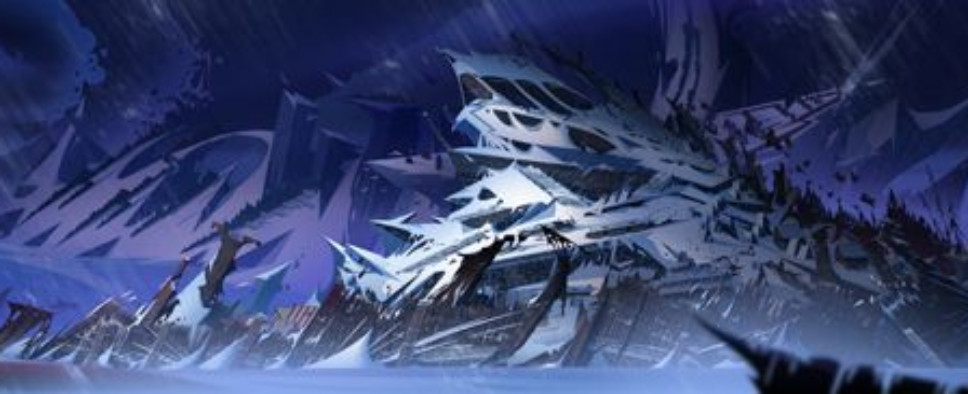The Banner Saga 3 Review
-
Category: ReviewsHits: 9842

Article Index
Characters receive improvement points when they gain levels, which you can spend on their attributes, or on passive talents they gain access to once you've maxed out one of their attributes. This is the same system that was in place for The Banner Saga 2, except that now characters can reach level 15, and when they reach level 11 they can choose a title. Titles give passive bonuses, and they can be advanced five ranks by spending renown, the game's only currency. Interestingly, each title can only be used once, and there are only about a dozen of them available, which means you have to be careful how you parcel them out. An example of a title is "The Wolf," which gives a character +2 movement, +2 damage, and "much less" aggro at rank 5.
Sometimes from battles, sometimes from events, and sometimes from shops, you can buy or otherwise acquire equipment for your characters. Characters are only allowed to wear one item at a time, and these items can give passive bonuses to stats, talents, and more. For example, the Brass Ocarina (a level 15 item) gives +2 movement, +3 Break, +2 Armor and Willpower regeneration, +3 aggro, and the ability to move after attacking, making it pretty powerful. Like with characters and abilities, you find lots of items during the course of the trilogy, giving you a multitude of ways to mix and match items with characters, and fine-tune your fighting parties.
Campaign
As was the case in the first two games of the trilogy, the campaign in The Banner Saga 3 revolves around three core areas: resource management, where you try to keep your clan happy and fed; combat, where you battle a variety of enemies, including new "warped" creatures; and story elements, where you have conversations, deal with the environment, and decide things for your clan. I'll cover each of these areas in turn.
Resource management in The Banner Saga 3 is almost a complete non-issue. In The Banner Saga, it seemed like I never had enough food, which meant I had to be careful with my story decisions (to keep my clan moving quickly and to pick up as much food as possible), and I had to minimize resting (which heals injured characters and increases morale, but costs food). Then in The Banner Saga 2, your clansmen started scavenging for food during your travels, making it much easier to come by -- and also minimizing the importance of it.
Now in The Banner Saga 3, for most of the game there aren't resources at all. Your clan doesn't consume food, and your morale doesn't change, so there isn't anything to worry about. I can only guess that Stoic Studio didn't really like resource management, and that's why they phased it out of the trilogy. But for me, this was an odd decision. Why evolve a strategy game to have less strategy? Shouldn't it go the other way -- that once people learn how to play the game, you make it a little more complex and challenging?
Then we come to combat. Combat in The Banner Saga 3 is roughly the same as it was in the first two games. You pick out up to six characters to participate in a fight, and then the battle proceeds with your characters and your enemies alternating turns, until one side or the other only has one character left, and then each remaining character gets one turn per round.
This system is fun because it requires different strategies than other turn-based games. For example, instead of ganging up on enemies and killing them one at a time, you're better off leaving weak and wounded enemies around so they take a turn and can't do much with it. You also have to make decisions about whether you want to attack an enemy's Strength (so they deal less damage) or Armor (so future Strength attacks against them are more effective). It's always good to have a unique and interesting combat system, and The Banner Saga games have that in spades.

